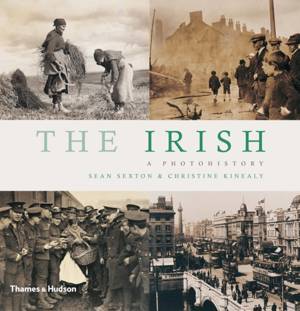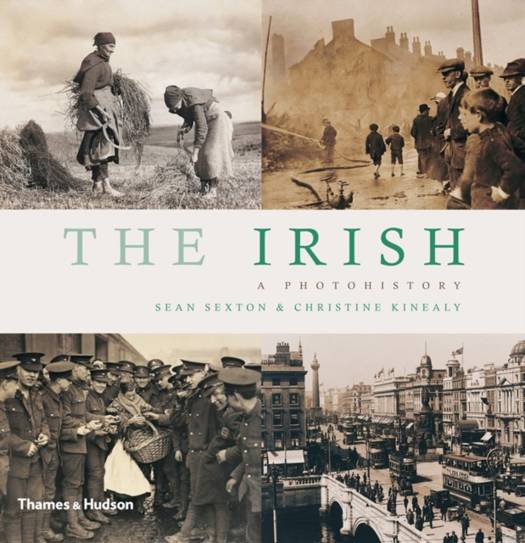
- Afhalen na 1 uur in een winkel met voorraad
- Gratis thuislevering in België vanaf € 30
- Ruim aanbod met 7 miljoen producten
- Afhalen na 1 uur in een winkel met voorraad
- Gratis thuislevering in België vanaf € 30
- Ruim aanbod met 7 miljoen producten
Zoeken
Omschrijving
The first Irish photographs date from 1840, a year after Louis Daguerre announced his discovery of the photographic process. In the century that followed, Ireland was to know tragedy and triumph, bitter struggle and agonized compromise. The Great Famine killed over a million Irish poor between 1846 and 1851, and forced an even greater number to flee the horrors of their homeland. In the following decades, Irish political life was dominated by the struggle for land rights, for Home Rule, and ultimately for independence.
These images do more than tell a gripping political story. They give an insight into a people, a landscape, and a lost way of life. They evoke the grandeur of life in the Big House, home and symbol of the Anglo-Irish elite. They reveal the hard labor of rural survival: cutting peat for fuel, fishing, and tilling the soil against an often harsh landscape. And they show the transforming impact of modernity, as industry, railways, and urban expansion slowly brought Ireland into a new era.
These images do more than tell a gripping political story. They give an insight into a people, a landscape, and a lost way of life. They evoke the grandeur of life in the Big House, home and symbol of the Anglo-Irish elite. They reveal the hard labor of rural survival: cutting peat for fuel, fishing, and tilling the soil against an often harsh landscape. And they show the transforming impact of modernity, as industry, railways, and urban expansion slowly brought Ireland into a new era.
Specificaties
Betrokkenen
- Auteur(s):
- Uitgeverij:
Inhoud
- Aantal bladzijden:
- 224
- Taal:
- Engels
Eigenschappen
- Productcode (EAN):
- 9780500290798
- Verschijningsdatum:
- 1/05/2013
- Uitvoering:
- Paperback
- Formaat:
- Trade paperback (VS)
- Afmetingen:
- 206 mm x 213 mm
- Gewicht:
- 816 g

Alleen bij Standaard Boekhandel
+ 36 punten op je klantenkaart van Standaard Boekhandel
Beoordelingen
We publiceren alleen reviews die voldoen aan de voorwaarden voor reviews. Bekijk onze voorwaarden voor reviews.











